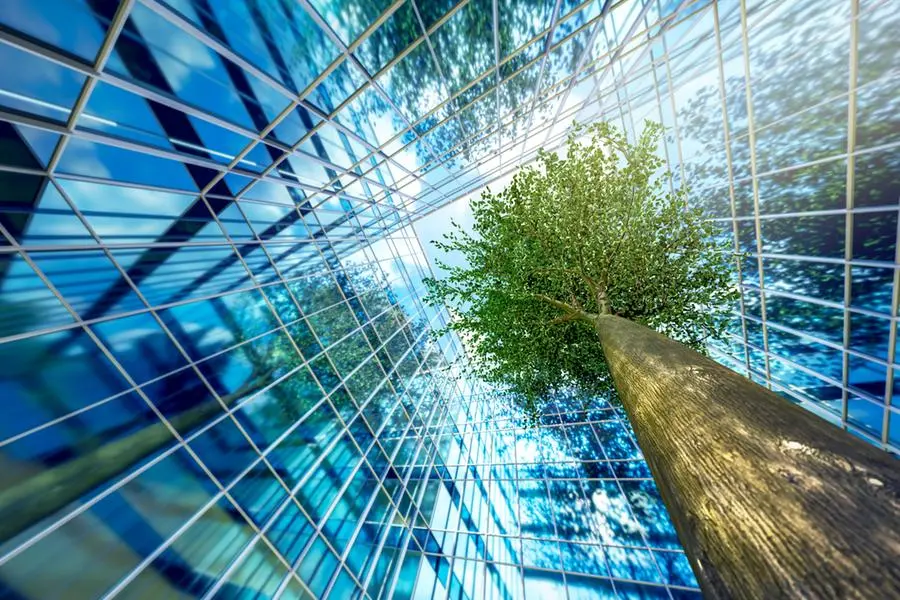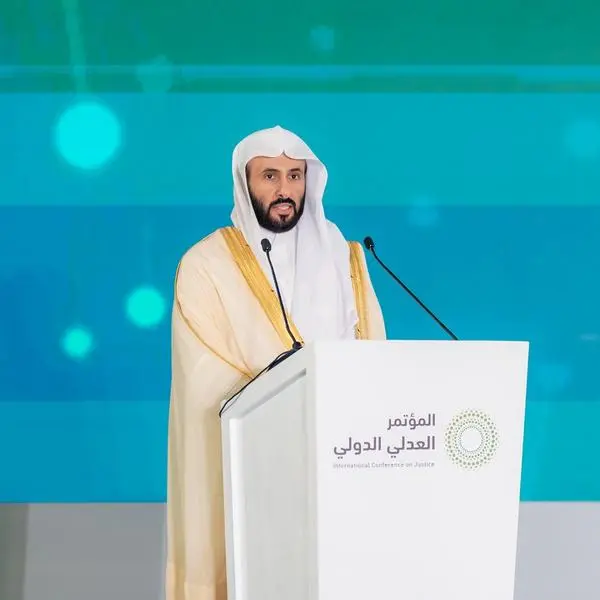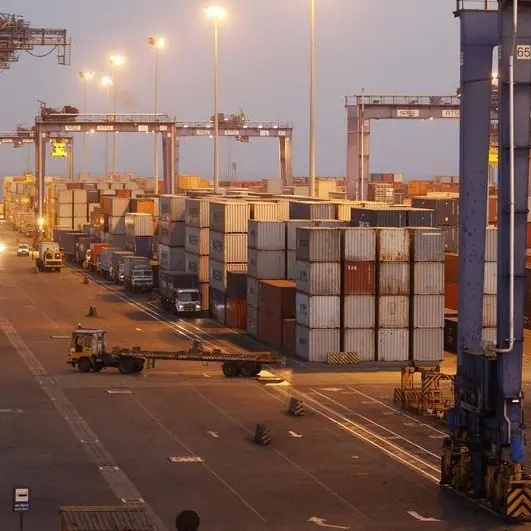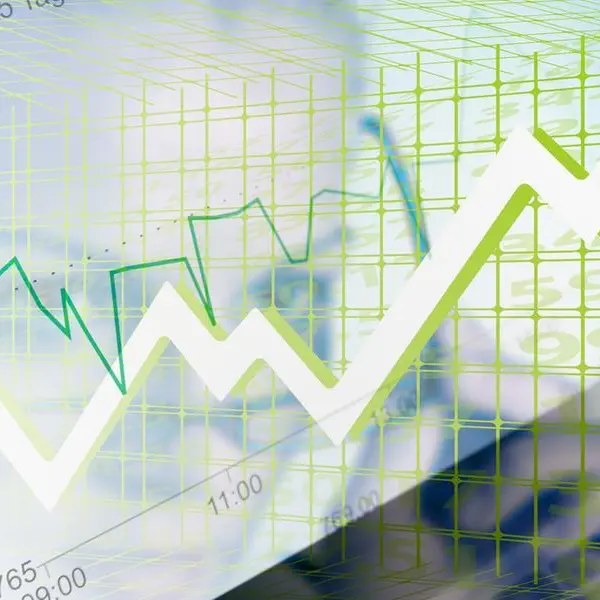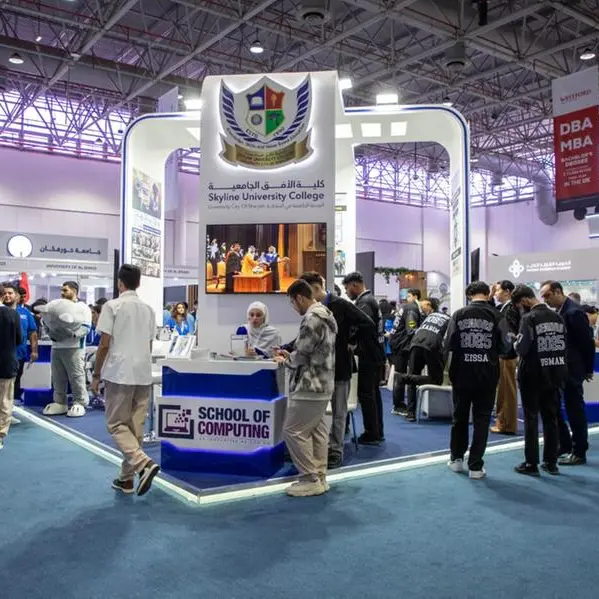PHOTO
The constant growth of aquaculture activity demands maximizing resources and spaces and minimizing associated costs. Therefore, various technologies have been developed to fulfill such requirements. One of these recent technologies is “biofloc systems," which improve the use of water resources and recycle the nutrients found in the water by a community of heterotrophic bacteria. This technology has allowed aquaculture farms to reduce or eliminate water exchange while continuously recycling nutrients in the culture medium produced by microbial metabolism.
The idea behind the biofloc system was developed under the same principle that regular waste water treatment plants have. In these plants, microbes naturally grow from animal waste, transforming it into less complex organic products that can be consumed by other organisms, such as fish, and then return to the food chain.
More precisely, biofloc technology enhances beneficial bacteria growth in aquaculture systems through three main keys: First, adding access carbon through external carbon sources or elevating the carbon content of the feed as a food source for the beneficial microbes. Second, minimizing or eliminating water exchange to allow microbial growth. Lastly, increasing aeration will increase dissolved oxygen levels and encourage aerobic bacteria growth.
Biofloc technology (BFT) is considered an efficient alternative system. Once carbon and nitrogen are well balanced in the biofloc system, ammonia in addition to organic nitrogenous waste will be converted into bacterial biomass. Therefore, by adding carbohydrates to the pond, heterotrophic bacteria growth is encouraged, and nitrogen uptake for the production of microbial proteins takes place. As with nitrogen, the microbial protein produced by these heterotrophic bacteria can serve as a supplemental source of nutrition for fish and shrimp.
Adopting biofloc technologies can significantly enhance environmental control and biosecurity by reducing the risk of pathogen spread through limited water movement. It also improves water quality maintenance, as bioflocs treat waste from feeding and provide nutrition through floc consumption, allowing the system to operate with low water exchange rates and develop a dense biofloc community. This community enhances the treatment of waste organic matter and nutrients.
However, implementing biofloc technology comes with several challenges. There is an increased energy requirement for constant mixing and aeration, leading to higher energy costs. A start-up period is needed, and yields can be inconsistent across different seasons. Producers must manage biofloc ponds actively to prevent nitrite accumulation and maintain healthy alkalinity levels. Monitoring fish health is crucial as bioflocs can increase suspended solids, causing environmental stress for fish and shrimp. Alkalinity supplementation is also required. Additionally, biofloc systems are sensitive to water temperature, pH, and dissolved oxygen levels.
Multiple studies have shown that bottom-dwelling species like shrimp and tilapia are best suited for biofloc production. Fish in biofloc systems must be resistant to environmental challenges due to the constantly shifting bacterial load in the water, making it unsuitable for sensitive species. A key factor in designing a biofloc system is selecting species that can benefit nutritionally from consuming floc and tolerate high solids concentrations and poor water quality.
Shrimp and tilapia, for example, have physiological adaptations that allow them to digest microbial protein in biofloc, making them ideal candidates. Nearly all biofloc systems are used to grow shrimp, tilapia, or carps. In contrast, species like channel catfish and hybrid striped bass are not suitable for biofloc systems because they cannot tolerate high solids concentrations and lack the adaptations to filter solids from the water.
In conclusion, biofloc technology addresses the growing demands of aquaculture by optimizing resource use, reducing costs, and minimizing water exchange. It leverages beneficial bacteria to recycle nutrients, transforming waste into consumable products for fish and shrimp.
The system enhances environmental control and reduces feed costs while boosting growth and disease resistance in suitable species like shrimp and tilapia. Despite challenges such as increased energy needs and sensitivity to pond environmental conditions, biofloc systems are effective for bottom-dwelling species that can tolerate high solids concentrations. This makes biofloc technology a sustainable and efficient solution for modern aquaculture.
2022 © All right reserved for Oman Establishment for Press, Publication and Advertising (OEPPA) Provided by SyndiGate Media Inc. (Syndigate.info).
Dr Mohamed al Wahaibi
